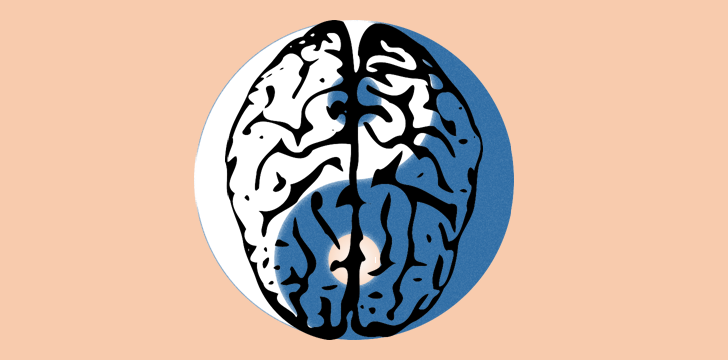
The Yin and Yang of the Nervous System
I have a few discussions with patients which reoccur on a regular basis. One of these is about the dual aspect of our autonomic nervous system. The autonomic nervous system is one part of our larger nervous system which acts like a control system for our internal organs. It acts largely unconsciously and has influence over many organ functions such as heart rate, digestion, respiratory rate, and sexual arousal.
The autonomic nervous system breaks down into two basic parts, the sympathetic nervous system and the parasympathetic nervous system (there are other parts, but for the sake of this article, they’re not relevant). Fitting very neatly into the philosophy of yin and yang, these two systems regulate opposing aspects of our needs and behaviors. The sympathetic nervous system regulates our “fight or flight” response and branches out from our spine to our internal organs. The parasympathetic nervous system regulates our “feed or breed” or “rest and digest” functions and branches out from both our brainstem and the base of our spine.
The Sympathetic Nervous System
The sympathetic nervous system is all about action. This is the yang part of our nervous system which turn on the adrenaline. The sympathetic nervous system originates near the middle of the spinal cord and extends from the T1 vertebra down to the L2 or L3 vertebra. From this section of the spinal cord, branches of the system reach out to our various internal organs.
When we detect that we may be in danger or under stress, the sympathetic nervous system kicks in. This can be something life-threatening such as needing to literally fight or run for our lives, or something as simple as the stress of traffic. At a certain level, to our brains, stress is stress. When the sympathetic response in engaged, a variety of physiological actions occur:
- Blood flow diverts away from the gastro-intestinal tract and skin
- Blood flow to the skeletal muscles and the lungs is enhanced to enable us to more easily run or fight
- The bronchioles of the lung are dilated, allowing for greater oxygen exchange
- Increases heart rate and the ability of the heart to contract are enhanced, to increase the flow of blood to the skeletal muscles
- The pupils dilate and the muscles of the lens relax, allowing more light to enter the eye, enhancing far vision
- Constricts blood flow to the intestines, inhibiting peristalsis
- Stimulates orgasm
The Parasympathetic Nervous System
The parasympathetic nervous system is the flip side to the sympathetic; instead of speeding everything up and getting us ready for action, the parasympathetic nervous system slows everything down. This is the yin partner to the sympathetic system’s yang. Instead of “fight or flight,” the parasympathetic nervous system response is known as “rest and digest” or “feed and breed,” as it promotes calming of the nerves and stimulates the digestive and reproductive systems. Functions of the parasympathetic nervous system include:
- Increasing blood flow to the GI tract, and accelerates peristalsis, facilitating digestion of food and the absorption of nutrients
- Simulating salivary gland secretion
- Slowing breathing by constricting the bronchiolar diameter when the need for oxygen has diminished
- Slowing heart rate and reducing blood flow to the skeletal muscles
- Constricting the pupil and contracting the muscles of the lens, facilitating accommodation (the ability of the eye to remain focused on one thing as distance varies) and allowing for closer vision
- Stimulating sexual arousal
Acupuncture and the Nervous System
How does acupuncture relate to all this? Good question. When an acupuncture needle goes through the skin, it sends a message through the sensory nerves to the brain. Various centers of the brain are activated when this occurs. When there are imbalances between the sympathetic and parasympathetic systems, the brain begins to modulate the activities of these systems based on the information it receives relative to where the needles are placed. Different areas, when needled, activate different regions of the brain.
Balance is the Key for Health
The basic philosophy of Traditional Chinese Medicine (TCM) is all about balance. We need a balance between activity and rest, waking and sleep, excitement and calm. This idea of balance in symbolized by the concept of yin and yang, a dynamic balance of opposites which define and provide balance for each other. These two aspects of the nervous system show how this balance works. To live in a state where the sympathetic nervous system is engaged all the time is not healthy, being in a constant state of “fight or flight” is stressful over time and releases a lot of cortisol which begins to break down systems in our bodies. At the same time, if we live in a parasympathetic state for too long, being too relaxed, our muscles (including that of the heart) lose tone and we become weak. Balance is the key, we need both states in order to be healthy.
If you’re interested in how acupuncture can help balance out your reaction to stress, schedule an appointment today.
In Caritas,
Jorga Houy, L.Ac.


